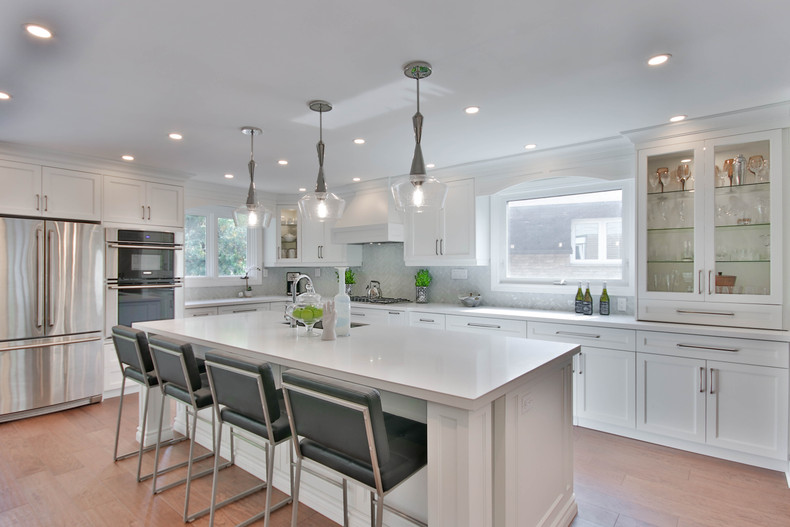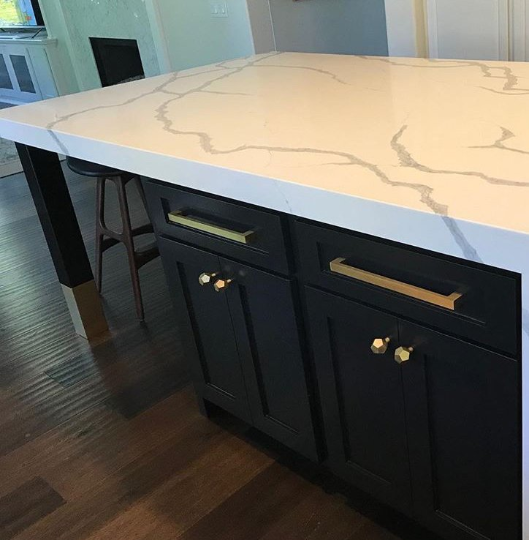Essential Aspects to Think About When Picking Legs For Kitchen Island
Picking the appropriate legs for a cooking area island involves a careful evaluation of several factors that can dramatically influence both performance and visual allure. Among these, the choice of product plays an essential role in ensuring longevity, while the layout must enhance the existing design. Factors to consider such as elevation and weight assistance are necessary for security and comfort. As we explore these aspects, it comes to be clear that each decision can have far-ranging implications for the general kitchen experience. What subtleties should be considered in each of these categories to achieve the excellent balance?
Product Options
When picking legs for a kitchen island, understanding the numerous product options is necessary for attaining both aesthetic charm and architectural honesty (Legs For Kitchen Island). The selection of product dramatically influences not only the sturdiness of the island however additionally its general style and capability
Metal legs, often made from stainless steel or wrought iron, contribute a contemporary and commercial feeling while ensuring sturdiness and security. These materials are immune to put on and can sustain significant weight, making them suitable for bigger islands.
An additional option is engineered materials, like MDF or plywood, which can be much more economical while still using a variety of surfaces. They may not supply the exact same degree of security as solid wood or metal. Legs For Kitchen Island. Finally, materials such as acrylic or glass can develop a modern appearance, though they might need added assistance to guarantee stability.
Ultimately, the option of product for cooking area island legs ought to straighten with the preferred functionality and the general style of the kitchen.
Style and Layout

When taking into consideration style, the shape and coating of the legs are critical. Conical legs can offer a sense of agility and style, while thicker, extra durable legs can share stamina and stability. In addition, the coating-- be it repainted, discolored, or natural-- need to match the cabinets and counter top materials to develop a unified appearance.
In addition, the layout of the legs can additionally reflect personal taste. Custom or attractive legs, such as those including detailed carvings or unique geometric forms, can act as prime focus, including character and character to the cooking area. Ultimately, the ideal choice will not only boost capability but additionally elevate the visual appeal, making the cooking area island a standout feature of the home.
Height Considerations
Selecting the appropriate elevation for cooking area island legs is crucial, as it directly affects both capability and comfort. The conventional elevation for a kitchen island commonly varies from 36 to 42 inches, aligning with typical counter top elevations.

It is also necessary to account for users' choices and heights. original site Customizing the elevation can make sure a comfy experience for all relative, making the kitchen island a much more delightful and practical space.
Weight Assistance
Making sure adequate weight support for kitchen area island legs is essential for both safety and performance. The kitchen area island commonly offers numerous objectives, consisting of food prep work, eating, and additional storage space, requiring a durable assistance framework. When picking legs, it is vital to consider the overall weight capacity needed based on the island's intended use and the products that will be positioned on it.
The option of material for the legs plays a considerable role in their weight-bearing capacities. Solid timber, steel, and sturdy compounds typically give premium toughness compared to lighter materials. Additionally, the design of the legs-- whether they are straight, tapered, or have a pedestal kind-- can influence their capability to disperse weight properly across the structure.
Always consult the producer's requirements pertaining to tons restrictions to guarantee that the legs can sustain the intended weight without endangering security. In recap, selecting kitchen area island legs with ample weight support is essential for developing a safe and functional cooking room.
Installment and Maintenance
Correct installment and maintenance of cooking area island legs are important for guaranteeing durability and stability. This usually entails securing the legs to the island base making use of proper fasteners, making certain that the legs are degree and straightened.
Once set up, routine maintenance is essential to preserve the honesty and look of the legs - Legs For Kitchen Island. For wood legs, regular cleansing with a moist cloth and application of appropriate wood polish can protect against moisture damages and keep their surface. Steel legs may require a mild cleansing remedy to remove oil and crud, complied with by a dry fabric to protect against corrosion development
In addition, evaluate the legs frequently for indicators of wear or damages, such as fractures or loosened joints. Tightening screws or bolts as needed can also prolong the lifespan of the legs. By adhering to these setup and maintenance practices, home owners can make sure that their kitchen island stays tough and visually appealing moved here for years ahead.
Final Thought

Aesthetic comprehensibility is vital in picking read this the design and layout of legs for a cooking area island, as these components considerably affect the total ambiance of the area. Conical legs can provide a sense of agility and style, while thicker, more robust legs can convey stamina and security.Choosing the suitable height for kitchen area island legs is critical, as it directly influences both performance and comfort. In recap, selecting cooking area island legs with ample weight support is crucial for producing a risk-free and useful cooking space.
In conclusion, choosing legs for a kitchen area island necessitates careful factor to consider of numerous variables, including material options, style, elevation, weight support, and setup.